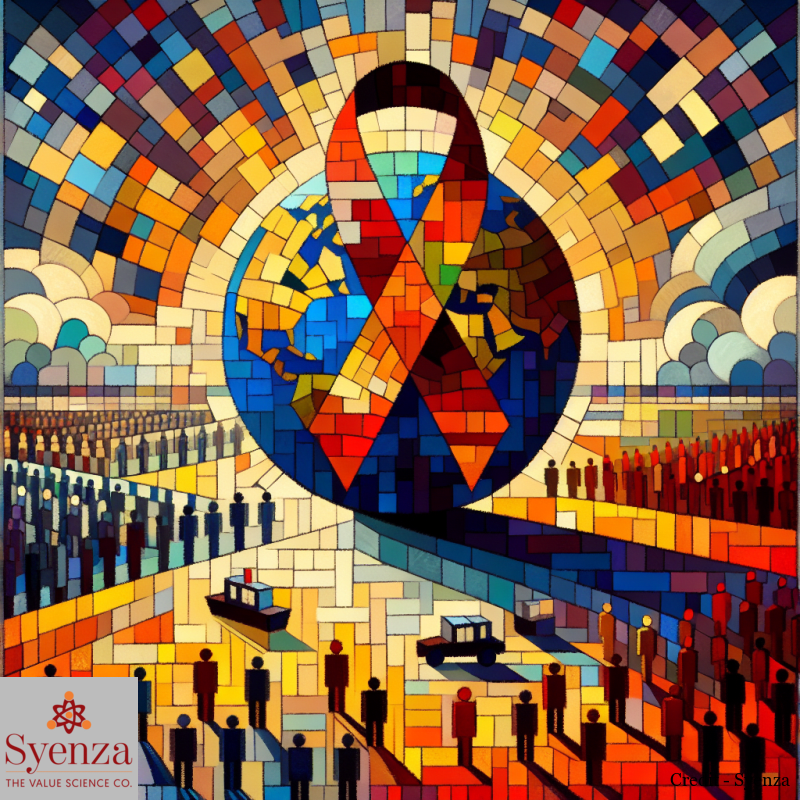
What does the future hold for HIV services amid the recent PEPFAR funding pause? Here we cover recent discussions on the impact of the recent PEPFAR funding pause on the global HIV response, specifically highlighting the U.S. President’s Emergency Plan for AIDS Relief (PEPFAR). Since its inception in 2003, PEPFAR has saved over 26 million lives and provided life-saving treatment for more than 20 million individuals. However, a recent 90-day pause on U.S. foreign assistance poses a critical threat to the continuity of essential HIV services. Despite this, a limited waiver has been implemented to allow ongoing life-saving treatment and prevention services.
PEPFAR funding Impact
PEPFAR has been instrumental in saving over 26 million lives and offering HIV treatment to more than 20 million people, including 560,000 children, across 55 countries. The announcement of a 90-day PEPFAR funding pause on January 20, 2025, has disrupted operations, although a limited waiver allows the continuation of critical HIV treatment and prevention services. If PEPFAR funding were to be permanently halted, it could result in an estimated 6.3 million additional AIDS-related deaths, 3.4 million AIDS orphans, and significant increases in new HIV infections by 2029. The waiver authorised by the U.S. Secretary of State on January 28, 2025, permits the continuation of essential services, including HIV testing, treatment, prevention of mother-to-child transmission, and necessary administrative costs.
PEPFAR and HIV
Launched in 2003, PEPFAR is the largest commitment by any nation to address a single disease, with over $100 billion invested to date. Its efforts have significantly reduced new HIV infections and AIDS-related deaths globally. By 2023, 39.9 million people were living with HIV worldwide. PEPFAR’s initiatives have played a crucial role in reducing new infections by 52% in PEPFAR-supported countries, compared to a 39% reduction globally. The World Health Organization (WHO) has voiced deep concern regarding the potential global threat posed to people living with HIV due to funding pauses. They warn of increased illness, deaths, and new infections if these crucial programs face disruption.
Implications PEPFAR Funding Pause
The PEPFAR funding pause could reverse decades of progress in HIV control, leading to increased morbidity and mortality among those living with HIV. Ongoing support is critical to maintain viral suppression and prevent new infections. Disruptions in PEPFAR funding can lead to substantial economic consequences, including rising healthcare costs due to the resurgence of opportunistic infections and the long-term effects of untreated HIV. Sustained funding is vital for the economic and health security of affected countries.
The continuity of PEPFAR programs is essential for global health security, helping control the HIV epidemic and preventing its spread. Any pause or halt in funding could jeopardise efforts to end AIDS as a public health threat by 2030. PEPFAR and its partners, including WHO, are developing sustainability plans to enhance country ownership and reduce dependence on donor support. However, a sudden PEPFAR funding pause complicates these efforts and jeopardizes the lives of millions.
